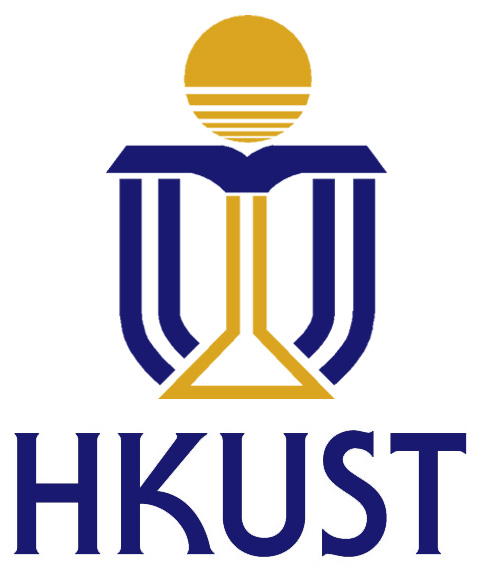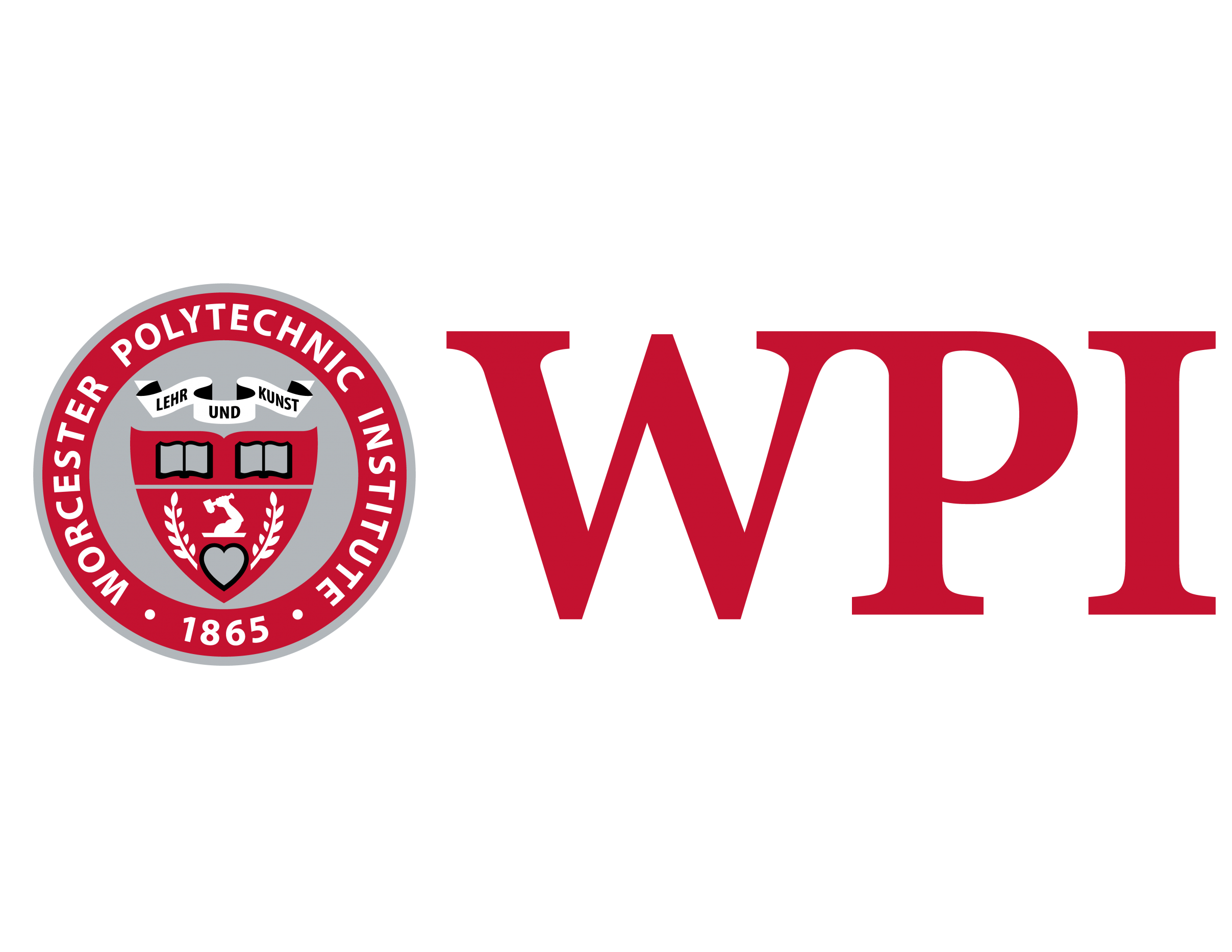About
Urban computing is a process of acquisition, integration, and analysis of big and heterogeneous data generated by a diversity of sources in urban spaces, such as sensors, devices, vehicles, buildings, and human, to tackle the major issues that cities face, e.g., air pollution, increased energy consumption and traffic congestion. Urban computing connects unobtrusive and ubiquitous sensing technologies, advanced data management and analytics models, and novel visualization methods, to create win-win-win solutions that improve urban environment, human life quality, and city operation systems. Urban computing also helps us understand the nature of urban phenomena and even predict the future of cities. Urban computing is an interdisciplinary field fusing the computing science with traditional fields, like transportation, civil engineering, economy, ecology, and sociology, in the context of urban spaces.
The objective of this workshop is to provide professionals, researchers, and technologists with a single forum where they can discuss and share the state-of-the-art of the development and applications related to urban computing, present their ideas and contributions, and set future directions in innovative research for urban computing. Particularly, at KDD 2019 this workshop targets people who are interesting in sensing/mining/understanding urban data so as to tackle challenges in cities and help better formulate the future of cities. This workshop also well aligns with the topic of KDD 2019, data mining for social good.






